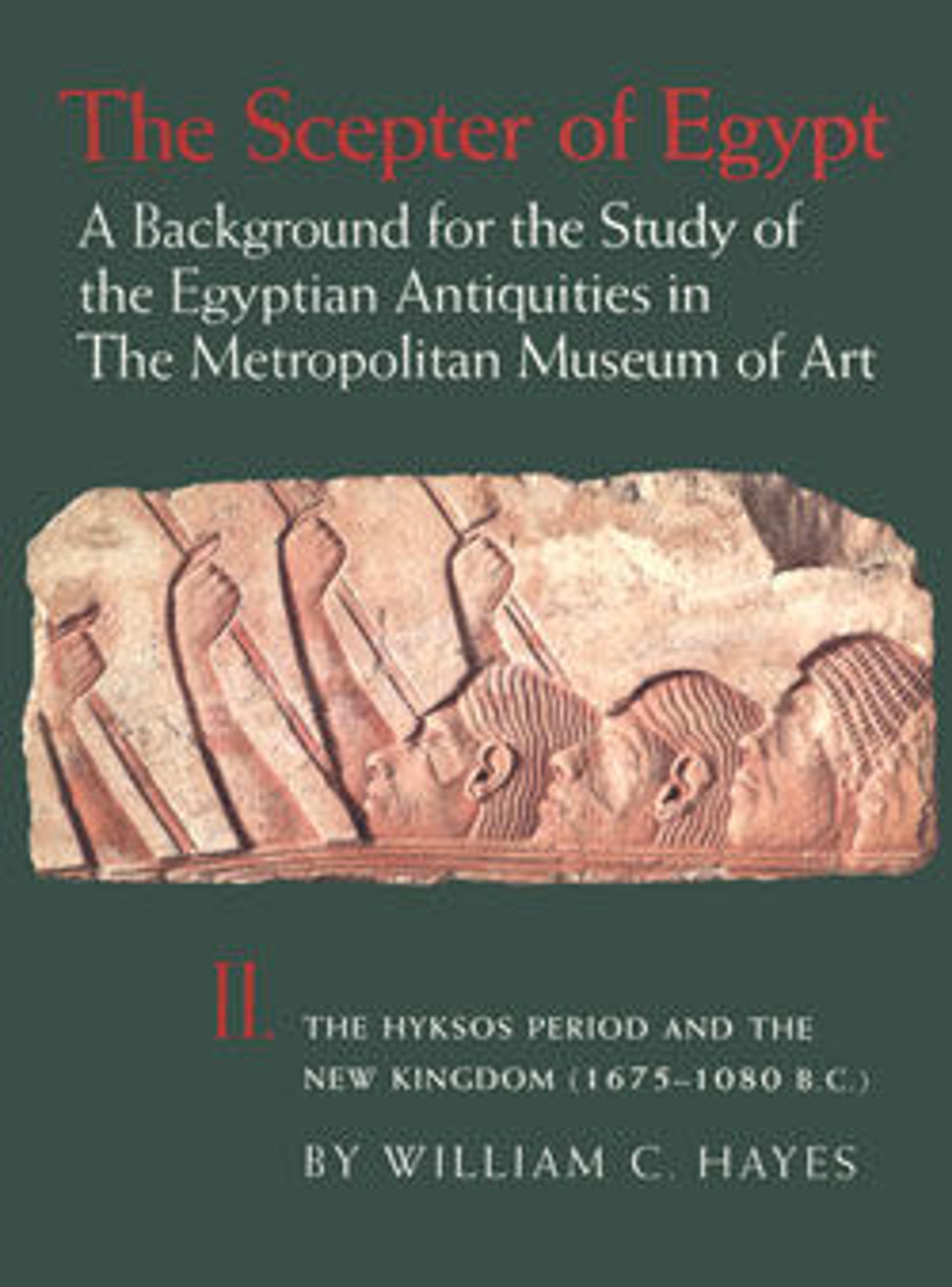Reconstruction of a Foundation Deposit
Before they constructed a sacred building like Hatshepsut's mortuary temple, the ancient Egyptians would perform a foundation ceremony known as "the stretching of the cord." One part of this ceremony was the laying out of the building's perimeter by stretching a cord between stakes in the ground. Another was the digging of pits, often lined with mud brick, at significant points around the perimeter and filling them with votive objects.
The objects in Hatshepsut's foundation deposits included alabaster ointment jars (25.3.46a, b), pottery vessels containing food (27.3.414), folded pieces of linen cloth, reed mats (96.4.9), model tools ( 96.4.7), ritual implements (27.3.400), and meat offerings from cattle that were slaughtered during the foundation ceremony.
Eleven foundation deposits can be associated with Hatshepsut's temple, eight of which were discovered by the Metropolitan Museum's Egyptian Expedition. This reconstruction contains a representative selection of objects found in the deposits in the lower courtyard of the temple. More examples of these objects may be seen in gallery 116.
The objects in Hatshepsut's foundation deposits included alabaster ointment jars (25.3.46a, b), pottery vessels containing food (27.3.414), folded pieces of linen cloth, reed mats (96.4.9), model tools ( 96.4.7), ritual implements (27.3.400), and meat offerings from cattle that were slaughtered during the foundation ceremony.
Eleven foundation deposits can be associated with Hatshepsut's temple, eight of which were discovered by the Metropolitan Museum's Egyptian Expedition. This reconstruction contains a representative selection of objects found in the deposits in the lower courtyard of the temple. More examples of these objects may be seen in gallery 116.
Artwork Details
- Title:Reconstruction of a Foundation Deposit
- Period:New Kingdom
- Dynasty:Dynasty 18
- Reign:Joint reign of Hatshepsut and Thutmose III
- Date:ca. 1479–1458 B.C.
- Geography:From Egypt, Upper Egypt, Thebes, Deir el-Bahri, Temple of Hatshepsut, Foundation Deposit 3–6 (C-F), MMA excavations, 1923–24
- Medium:Pottery, wood, leather, reed, stone, bronze or copper alloy, food remains
- Dimensions:h. 96.5 cm (38 in); diam. at top 110 cm (43 5/16 in)
- Credit Line:Rogers Fund, 1925
- Object Number:25.3.39
- Curatorial Department: Egyptian Art
More Artwork
Research Resources
The Met provides unparalleled resources for research and welcomes an international community of students and scholars. The Met's Open Access API is where creators and researchers can connect to the The Met collection. Open Access data and public domain images are available for unrestricted commercial and noncommercial use without permission or fee.
To request images under copyright and other restrictions, please use this Image Request form.
Feedback
We continue to research and examine historical and cultural context for objects in The Met collection. If you have comments or questions about this object record, please contact us using the form below. The Museum looks forward to receiving your comments.
